There is no doubt that mining is one of the most vital components of modern society due to the fact that almost every consumer product on the market contains minerals mined from the earth.
Approximately 50% of the nation’s electricity comes from renewable sources
To support this need for modern coal mining machinery, mines are located in all 50 states, including our home state of Nevada, which is home to uranium mines that come from coal or nuclear power that uses uranium.
Mining Operations in Nevada
The mining industry in Nevada is one of the state’s biggest export sectors. Precious minerals such as gold, copper, and silver are well-known materials mined. In addition to minerals that are used for both construction work as well as consumer goods, the state also extracts a wide range of other products from the earth.
The products mined for construction work include gravel, sand, gypsum, calcite, and limestone. These goods contribute to the construction sites in order to build the infrastructure and structures that are necessary for contemporary living.
Nevada mining operations also directly benefit consumers. As you know, gold, copper, and silver are also used in electronics, fine jewelry, and cars. Minerals such as iron, molybdenum, and lithium are integral parts of cars, computers, electronics, and other innovations we use in our daily lives.
Even energy can come from mining. With Nevada’s rich sources of geothermal heat, mining is a great way to create power by extracting heat from the ground and converting it into electricity.
In order to meet the demands of either underground or surface mining operations, the mining equipment manufacturing industry is a booming business, too. This industry offers numerous types of heavy equipment for mining to meet the specific needs of either underground or surface operations.
Various Types of Mining and The Right Tools
Mining can happen at the surface or underground. The environment and the material that needs to be mined determine what form of mining must be used as well as what equipment must be used. Both surface and underground mining have three main steps:
- Drilling, Blasting, or Digging: This is the first step in the mining process and it involves removing ore.
- Sorting and Loading: This process involves moving ore from the extraction point to the processing plant.
- Grinding, Separating, Crushing, Refining, and Smelting: This final step in the mining process is where the ore is turned into finished products such as gold, silver, copper, or iron.
Open-Pit Mining
There are numerous methods used in surface mining, and this is the primary method used for non-fuel minerals. It accounts for 97 percent of the amount of minerals that are mined. Surface mining is the most common method used for minerals that are located near the surface.
Surface mining is carried out in three different ways. These methods include quarrying, open-pit mining, and strip mining. Quarrying is the most common form of surface mining.
The term “quarrying” can refer to extraction of gravel, crushed stone, and sand using similar techniques to open-pit mining. However, quarrying can also refer to extraction of limestone, sand, and gravel using similar techniques to open-pit mining.
As part of open-pit mining, miners dig a large hole in the ground to extract the material they need from it. The mining technique used by silver miners is known as open-pit mining. Miners equipment may also use an underground silver mining technique to extract silver from the earth. The first step in creating an open pit is to remove a hilltop using explosives in order to expose the rocky materials that lie beneath.
Rotating drills are used to create the holes into which explosives are inserted in order to accomplish this process.
There are also three types of surface mining, namely strip mining, which primarily involves extracting thin layers of coal from the ground surface. The inclusion of strip mining here is only a way to round out the three types of surface mining that are used throughout the world since coal is not the primary mining heavy equipment of Nevada.
Overburden is the term used to describe large strips of surface material that are removed during this method of mining. Initially, the first strips of overburden are removed outside of the mine site. Once the mined products have been extracted from the initial strip, the newly created hole can be used to store future strips of overburden that have been removed from the mine in the future.
With the use of shovels or dozers, contour strip mining on hilly sites requires removing strips of overburden that are arranged in terraces around the hill. For flat surfaces, area strip mining is carried out using equipment such as draglines or scrapers.
Working Underground
There are different techniques for removing minerals, ore, metals, and other goods which are found deep underground. These methods may involve either hard or soft rock, which requires a specific set of tools to extract them. Using a tool for digging soft materials might not be strong enough to cut through hard rock, for instance.
Utilizing mining equipment for underground mining includes automating processes, using no-emission vehicles, and ensuring the safety of miners while using mining equipment.
These are some of the types of underground mining that are available:
- Pillar and room: Pillars of ore are created to support the roof of the mine.
- Retreat: This follows the method of room and pillar until complete.
- Explosives: These are used to blast away rocks.
10 Types of Equipment Used for Mining
Here is a list of mining equipment used for surface or underground mining operations, plus their main uses, to assist you in understanding the variety of options available to you:
Also Read: 6 of the Most Commonly Used Equipment in Mining
1. The larger of mining trucks
The heavy-duty trucks that miners use around a mine site, which are also referred to as off-highway trucks, allow workers to move material efficiently and safely around the site. These trucks can be either mechanically powered or electric-powered for environmental reasons.
Unlike conventional trucks, these mining vehicles have extra-large tires so that they can carry heavy loads across uneven terrain conditions that are often found around surface mines.
As a result of their high payload capacities, these trucks are also able to move heavy mining ore or minerals out of the mine site with ease. In addition to performing in extreme conditions – cold, heat, dust, high altitudes, and steep slopes – large mining trucks must also perform in extremely harsh weather conditions while hauling heavy loads.
Off-road vehicles are commonly used in the following applications:
- Transport heavy loads over long distances.
- Move material up inclines of up to 45 degrees.
- Carry up to 400 tons.
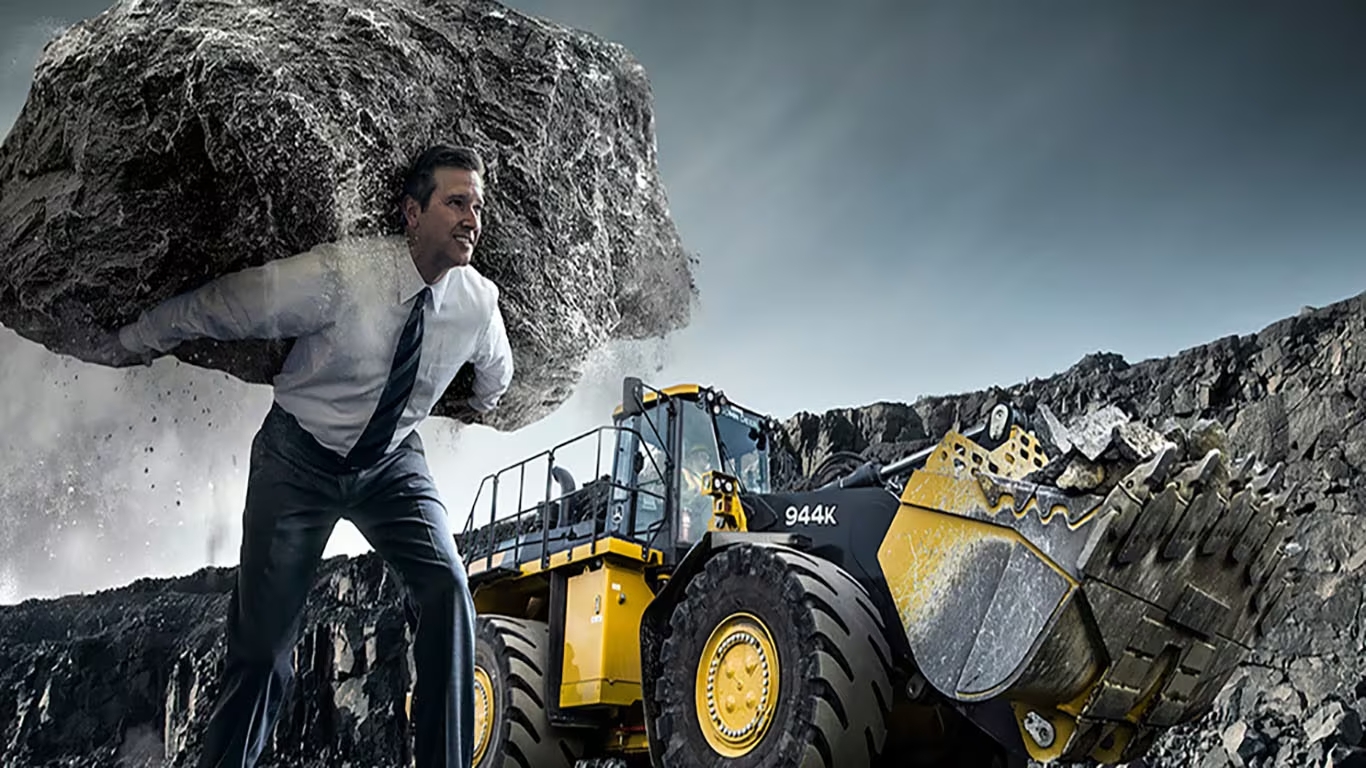
2. Machinery used for moving earth
There are a number of mining shovels out there that could be classified as excavators, or that have a similar design from the original steam shovel design that existed in years gone by. Now, most shovels use hydraulics to move the shovel through tough materials.
Most hydraulic mining shovels have a base with either tracks or wheels on top of which the pivoting cab sits. The majority have the same general design. As a result of the pivoting action of the shovel, the operator is able to gain access to material all around the shovel without having to move much. In addition to controlling the shovel from within the cab, an articulated arm holds the shovel.
The hydraulic mining shovel can be used in a variety of applications, such as:
- Excavating soil, sand, gravel, or stone.
- Loading and hauling.
- Dragging.
- Pushing.
- Lifting.
- Hauling and dumping.
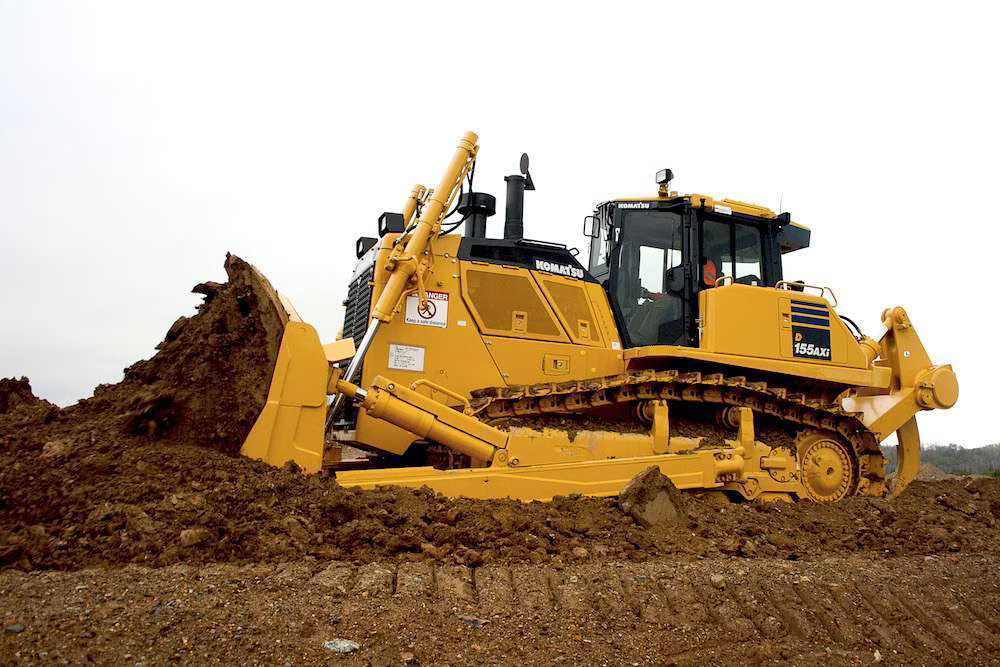
3. Big bulldozer
With the use of large mining dozers, materials can be moved easily around a mining site. Plus, the choice of vehicles with wheels or tracks can offer a greater variety of surfaces on which these dozers can operate.
Additional attachments can change the dozers’ uses to include the following applications:
- Pushing the ground away from the surface to expose it.
- Removing the dirt from around the work area.
- Restoring the area around a mine.
- Pulling the plant from the ground.
- Smoothing out the rough land.
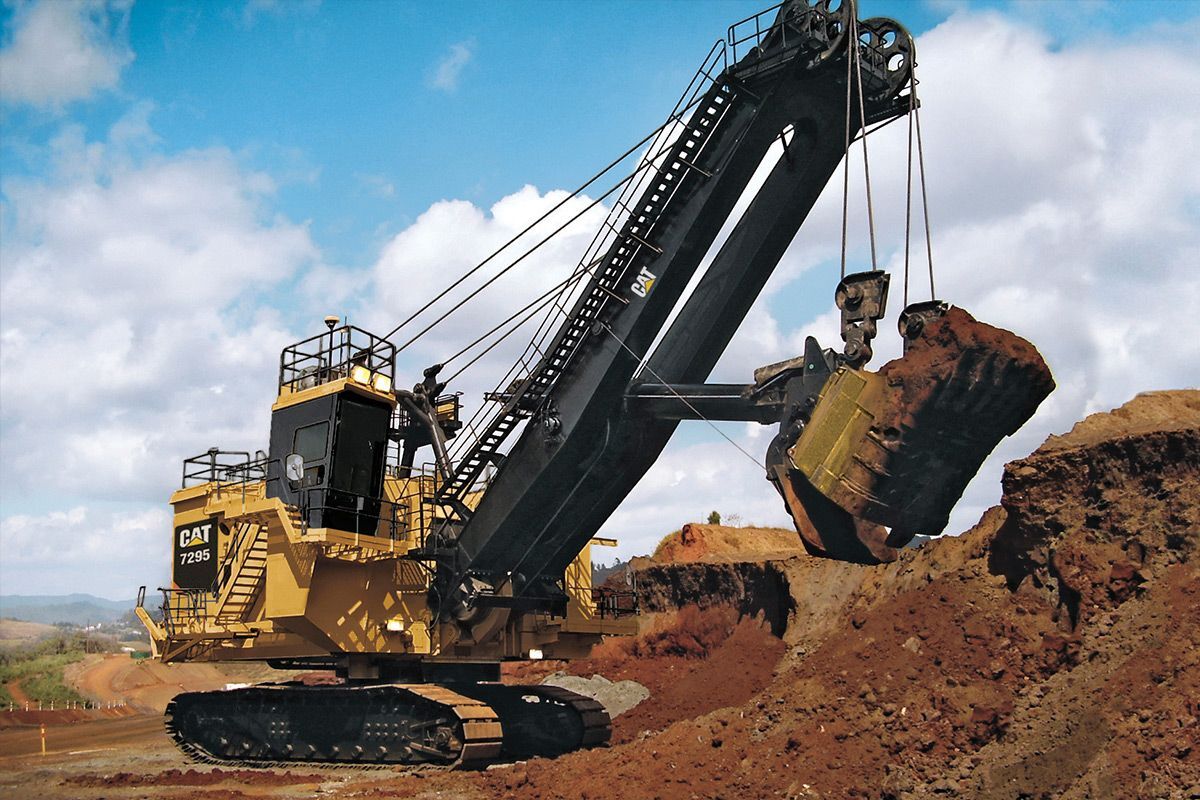
4. Digging with electric rope shovels
Unlike hydraulic shovels, electric rope shovels utilize a series of pulleys and ropes to control the movement of the shovel at the end of the arm. Unlike hydraulic shovels, these electric rope shovel models utilize electric operation, which allows the unit to operate at a higher efficiency level over time.
This kind of rope shovel mimics the use of hydraulic excavators in many ways. The following are some of the applications of rope shovels:
- Preparing a mining site for excavation.
- Excavating through hard rock.
- Shifting dirt.
- Splitting rocks.
- Loading the excavated rock.
- Hauling the loaded rock.
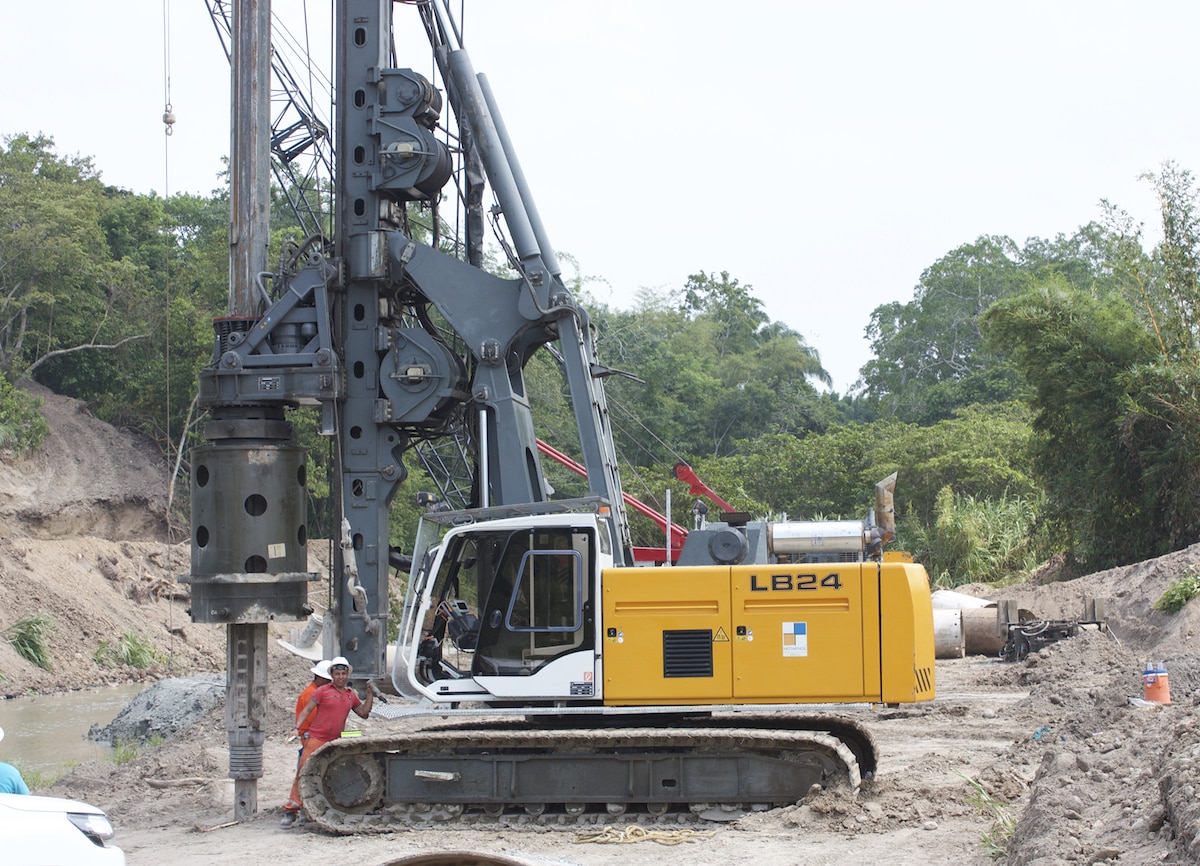
5. Drilling apparatus
A rotary drill rig is one of two types of drills used in mining. One is a rotary drill rig and the other is a percussion drill. The rotary drill rig creates a hole through rock or soil, enabling the placement of charges in open mines. In the case of a rotary drill rig, the drill bit turns under pressure to cut into the rock surface.
In order to keep the hole and the bit clean, compressed air is sent up the drill in order to send the rock back up the drill to be ground down again.
In some cases, however, it will be necessary to use rotary drills in order to dig holes that are up to 150 feet deep and as shallow as 15 feet. In some cases, it will be necessary to drill holes that are up to 150 feet deep and as shallow as 15 feet.
For hammer rock drills, pressure forcefully pushes the bit into the ground to create a hole. Compressed air keeps dirt out of the hole to allow the bit to always strike new ground in the future. The piston of hammer drills that are located outside of the hole (OTH) are usually used to drill holes with a diameter that is between 5 and 6 inches in diameter.
The following are some of the uses of rotary and rock drills:
- Blasting charges create holes in the ground
- Drilling creates wells
- Rock pre-splitting
- Mine expansion
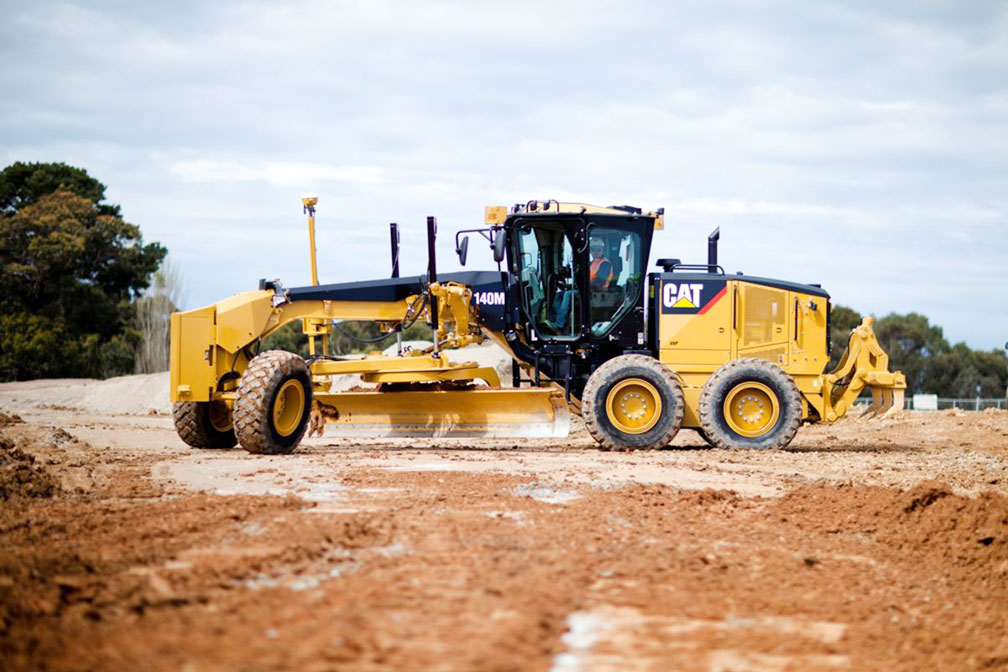
6. Vehicle used for grading
Mines rarely have ready access to roads. Even those near major road systems still have to build roads within the mining area in order to move material and haul mined goods out. Motor graders are used for surface operations around mines to create and maintain the roads that lead to the mines.
A motor grader ensures that roads are graded and drain adequately when hauling minerals, ore, or other mined materials, since things like debris or ponding water can slow vehicles down during hauling. In order to ensure that the mining operations are carried out efficiently, motor graders play a vital role in maintaining the integrity of roads that are used for transporting material around and out of the mining area.
The following are some of the most common uses for graders:
- Clearing snow from road surfaces.
- Making road slopes so water flows away from the roadway.
- Building access roads for heavy equipment.

7. A wheel loader is a vehicle with a large bucket
Specs vary from compact to large. As the wheel loader’s size increases, so does the bucket capacity as well as the load handling efficiency offered by the machine. Sizes vary from compact to large. As the wheel loader’s size increases, so does the capacity of the bucket and load handling capabilities offered by it.
Matching the wheel loader’s handling capabilities for both volume and density of materials that are going to be handled at the mine is crucial to ensure that the machine will be able to handle the wear and tear of daily use without premature wear.
With Cat® wheel loaders, compact models are best suited to light materials, and have a bucket capacity of 2 cubic yards while large models are capable of handling iron ore or rock, and will be able to hold up to 38 cubic yards of rock in the bucket. As you will be able to choose from a variety of wheel loaders to fit around your surface mine and handle the loads you have to transport, you will be able to choose the one that best fits your needs.
There are many tasks that large wheel loaders are capable of carrying out, including but not limited to:
- Transporting goods to different locations.
- Excavating.
- Helping other trucks and other vehicles load and unload.
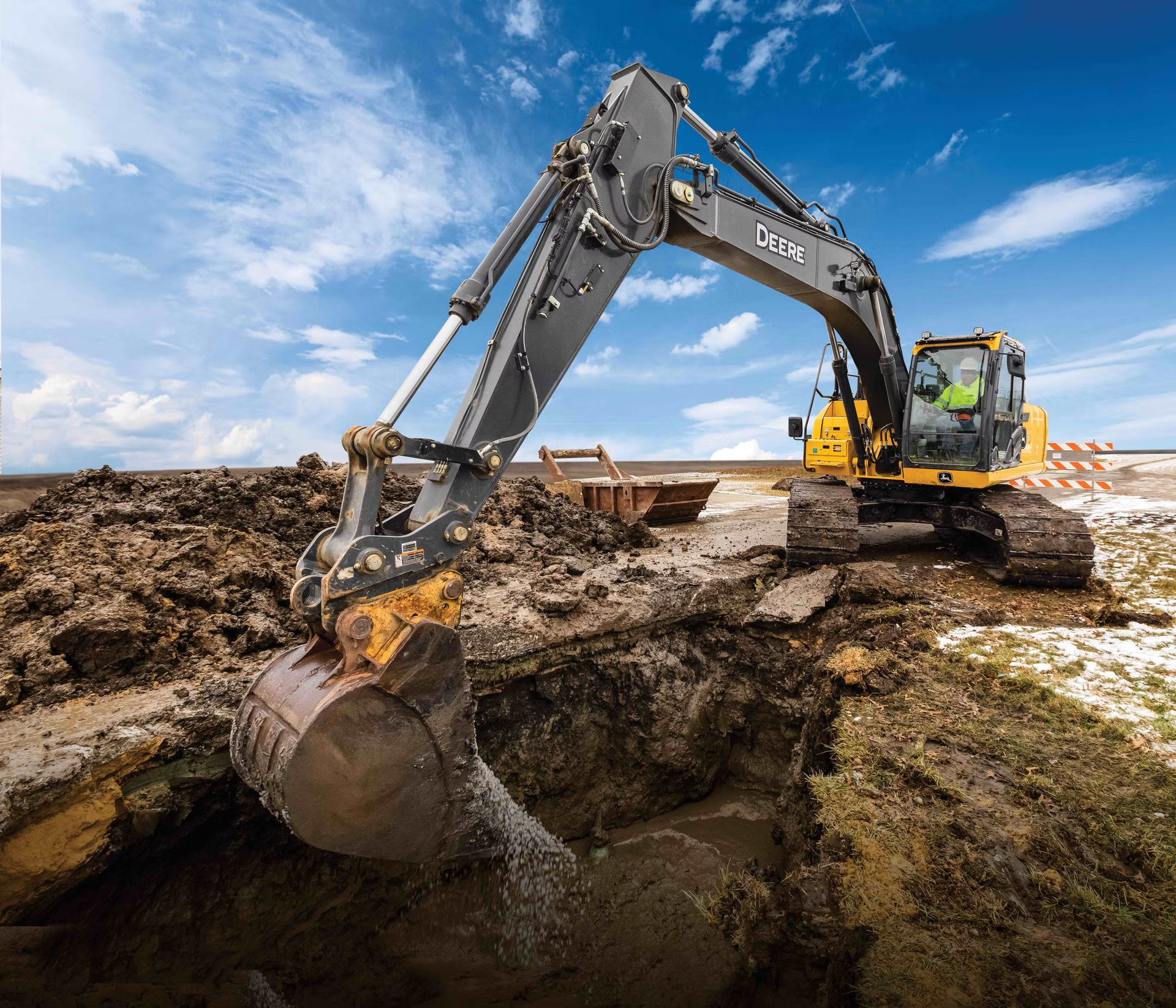
8. Excavators
There is a bucket at the end of a boom attached to a dragline, which is supported by ropes and wires. It is possible to collect overburden or mined material by lowering the bucket and scraping it along the ground. The bucket at the end of the dragline can be repositioned to dump its contents into a specific location by swinging it around the dragline.
A dragline excavator is one of the most commonly used tools in surface mining, and it performs a wide range of functions, such as:
- Strip mining is the removal of surface layers to excavate the ore below.
- Overburden is the material that lies above an ore.
- Overburden Removal is the process of removing this excess rock.
- Overburden is removed in strips, which expose ore deposits.
- Overburden is removed from open pit mines by hydraulic excavators.
- Overburden is cut or blasted from a highwall
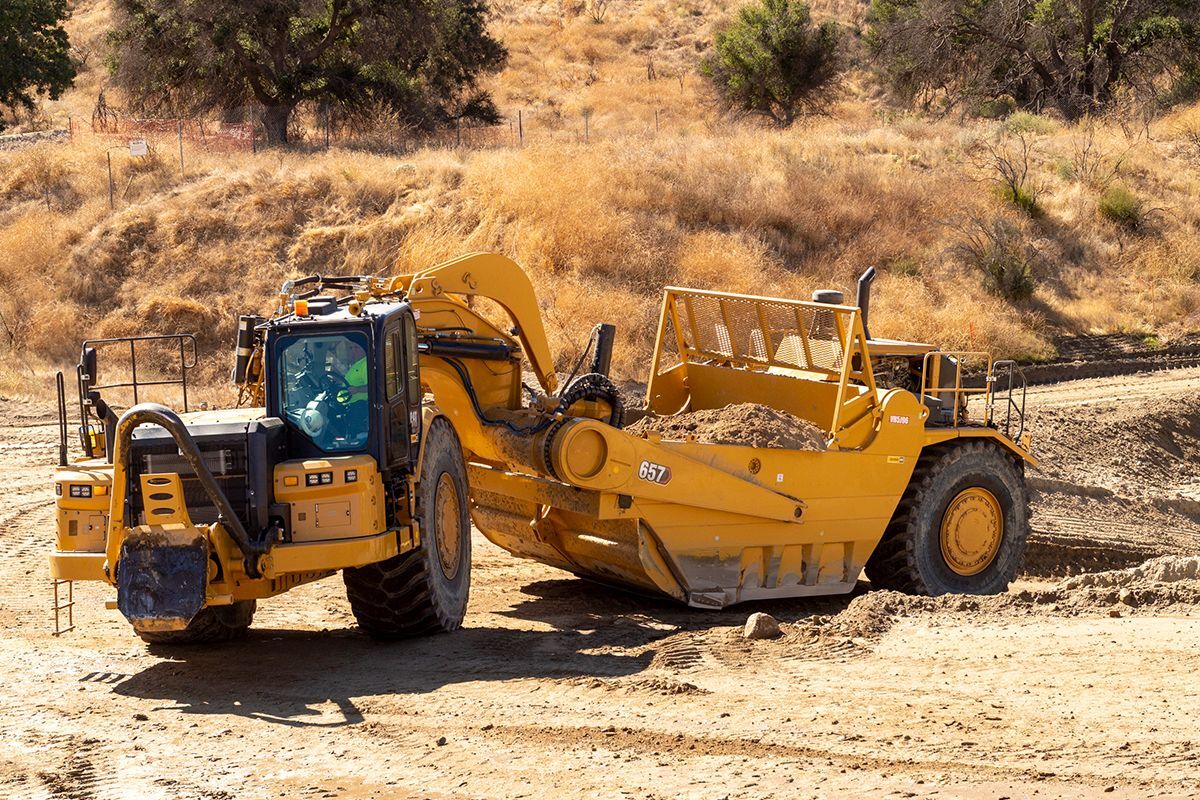
9. A wheel tractor scraper
Wheel tractor scrapers are similar to motor graders in that they have a similar design. However, the scrapers typically have an attached bin that collects the material that is removed from the ground’s surface rather than pushing it to one side as a grader does.
When on the ground, the edge of the bin scraps the ground materials, which feed directly into the bin, which is controlled by the driver through controls within the cab. To operate the scraper, the driver uses controls in the cab to raise and lower it to the ground. Once the bin is full, a vertical flap prevents the material from spilling during transport, so it remains in the bin once it is filled.
At the deposit location, the bin tilts backwards to allow the dirt to be emptied after it has been scraped and is opened in the rear.
A scraper can be used for a variety of purposes, including the following:
- Constructing roadways.
- Cutting into the landscape for mining.
- Regenerating the land.
- Mining for resources.
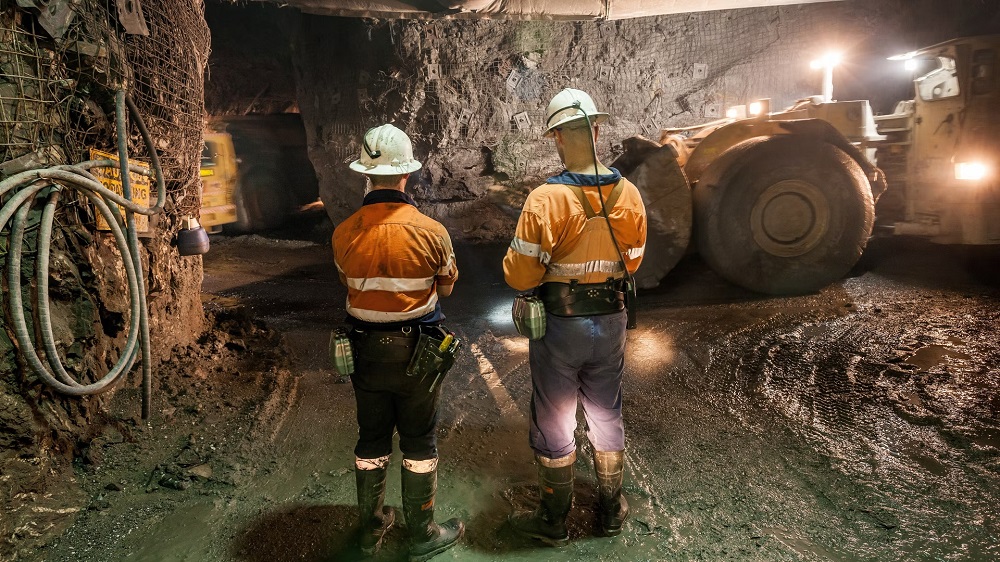
10. Used in underground mines to lift and move rock and ore
For underground mining equipment trucks and loaders to function properly in confined spaces, specific operating parameters are required. Moreover, the enclosed environment that a mine has will not allow these mining vehicles to emit any pollutants. As a result, standard trucks used for surface mining will not be able to function in an underground environment.
Mining tractors, trucks and loaders for underground operations have specially designed engines that do not emit any emissions, but still have the ability to move tons of rock when the engine is being used to move tons of rock.
The machines can be used in a variety of ways, such as:
- Moving dirt.
- Hauling the rocks to the dump truck.
- Bringing the ore to the mill.
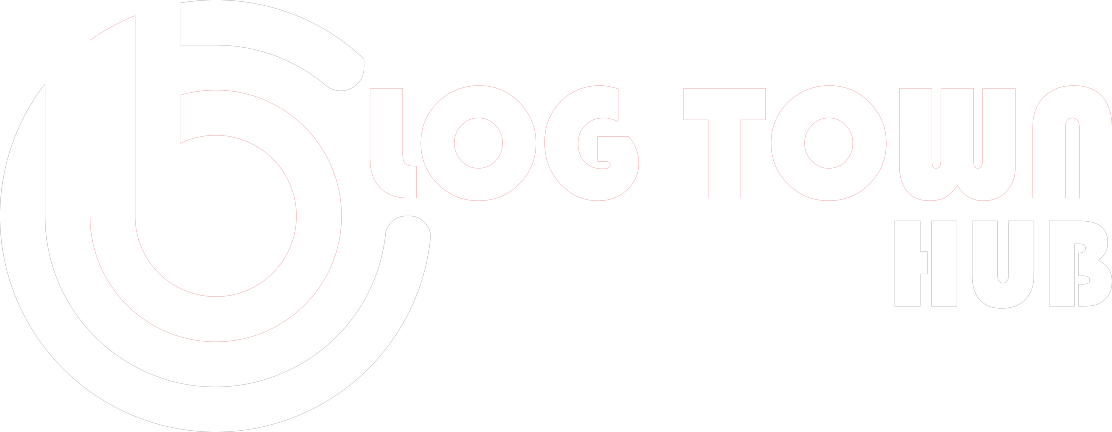
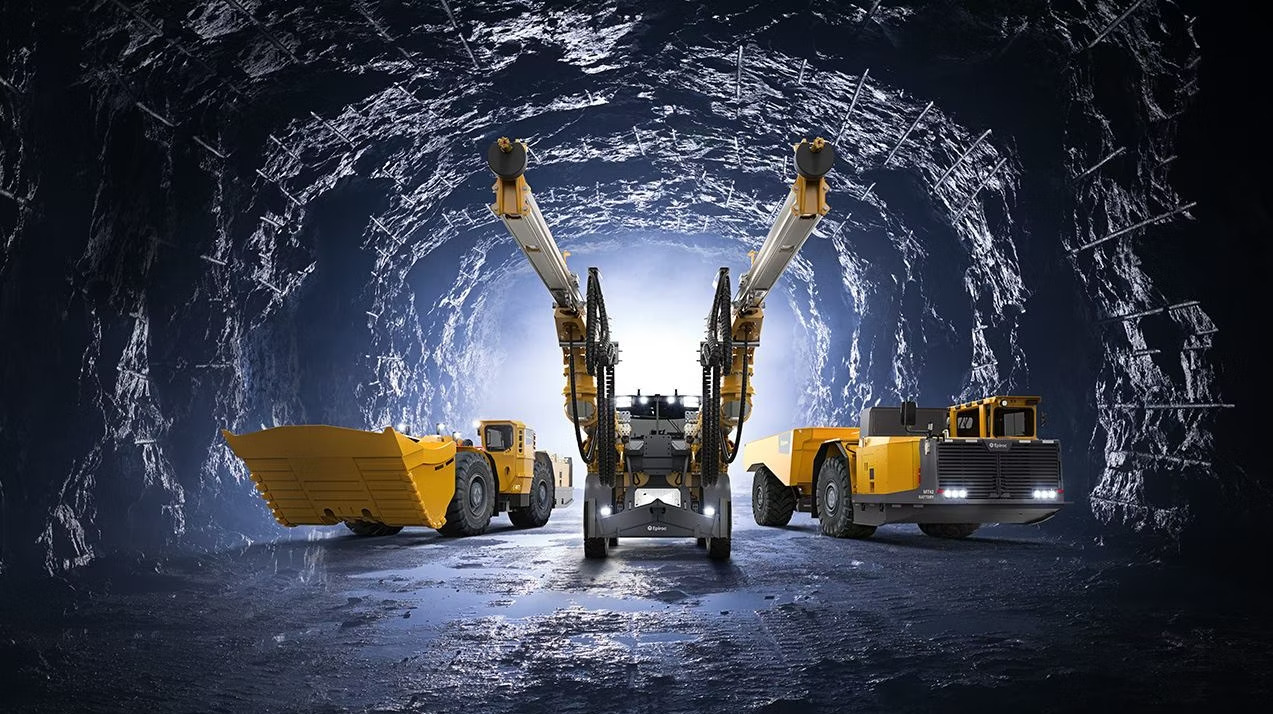
Recent Comments